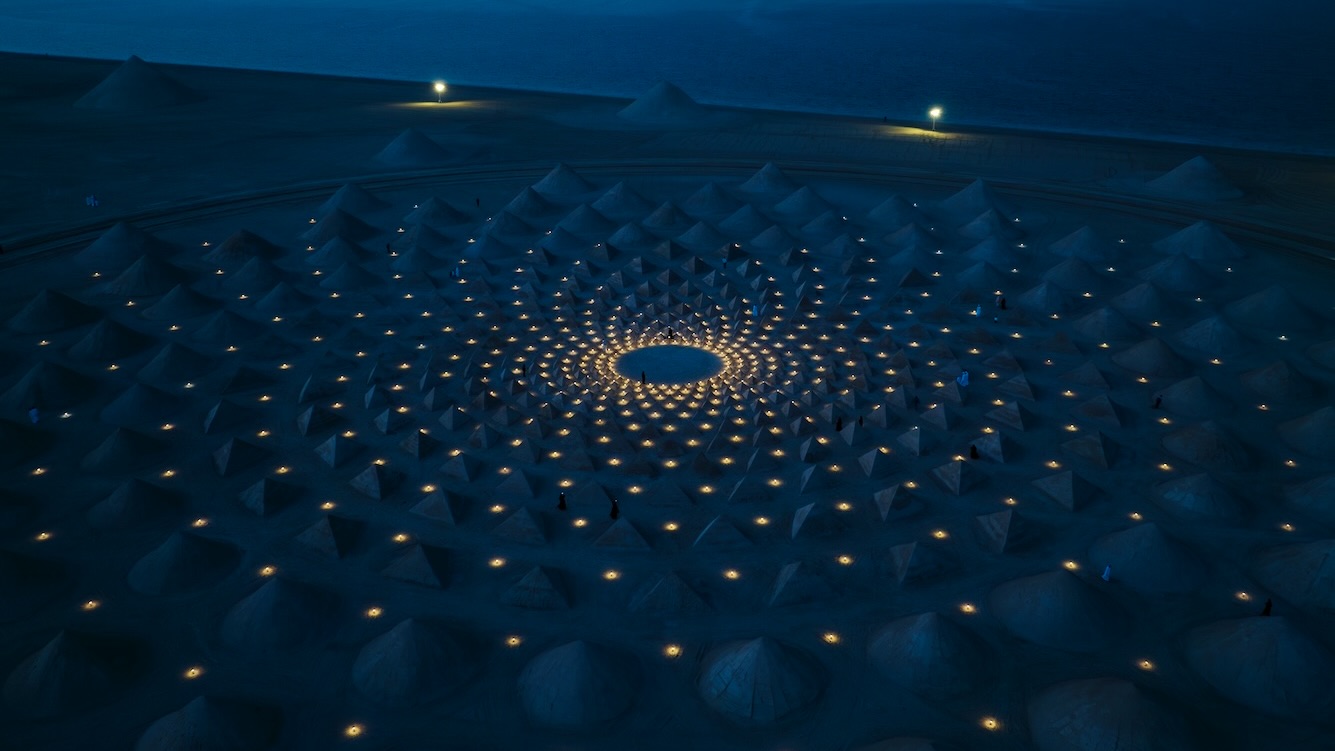When we visited Ross Bleckner in his studio in early June, he was working on new paintings for a number of shows. There were pieces from his “Black Monet” series that will be shown at the Baldwin Gallery in Aspen, Colorado (through July 26). And on the opposite wall were his paintings from the “Dome” series that are going to Abu Dhabi late this year. In another room, packaged and ready to go, were a group of self-portraits made across a span of decades that are part of this summer’s “Selfies and Portraits of the East End” at Guild Hall in East Hampton (which closed July 26).
Bleckner has long been a resident of the East End, telling Whitewall he spends about half the year there. This season he may be out a bit less, as he sold his house of 25 years last summer (it used to be Truman Capote’s). But Bleckner hasn’t said goodbye to the Hamptons; he just moved to the Springs, where he’s currently renovating a pretty piece of property and setting up a studio. Whitewall spoke with him about his relationship with the East End of Long Island, and why he keeps returning to certain ideas.
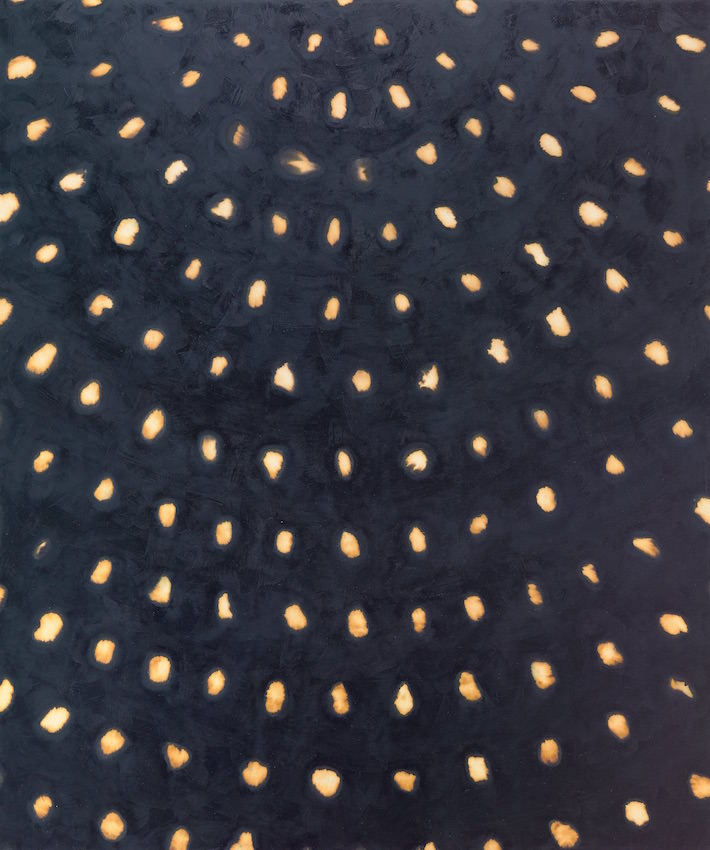
“Self Portrait”
WHITEWALL: Can you tell us about some of the self-portraits you’ll be showing at Guild Hall this summer?
ROSS BLECKNER: Yeah, these will be at the show in Guild Hall; they’re portraits. I usually make them out of my palette. I usually end up kind of just making drawings out of what was left [on the paint palette]. I don’t like to be wasteful.
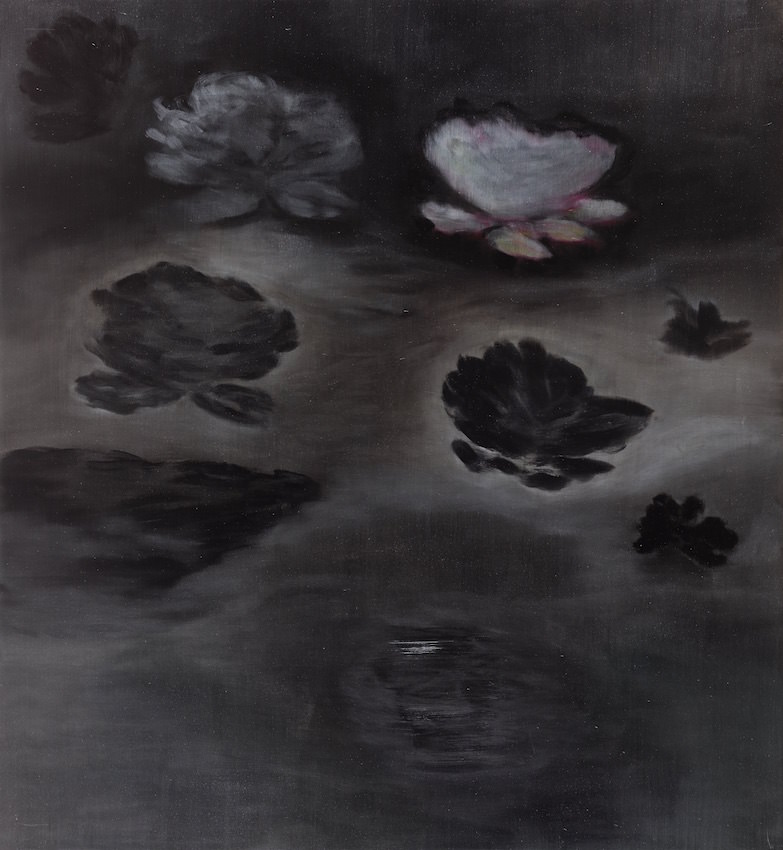
2015
WW: How long have you been in this studio?
RB: Ten years. Before that I was in Tribeca for 25.
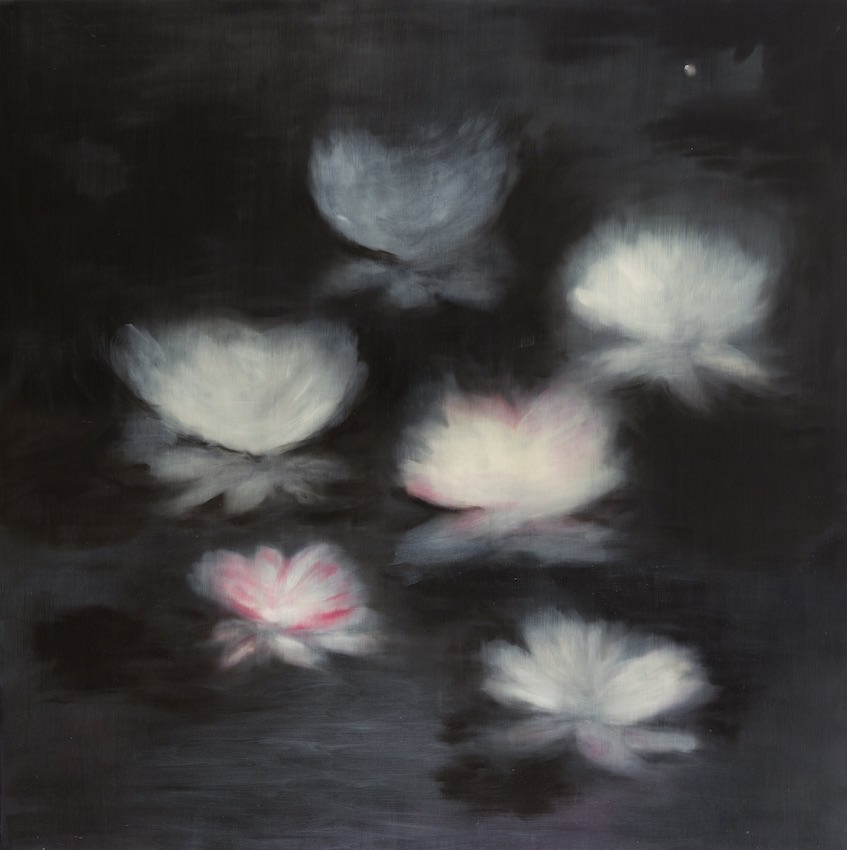
oil on paper
WW: Are you in the studio every day?
RB: Yeah, every day.
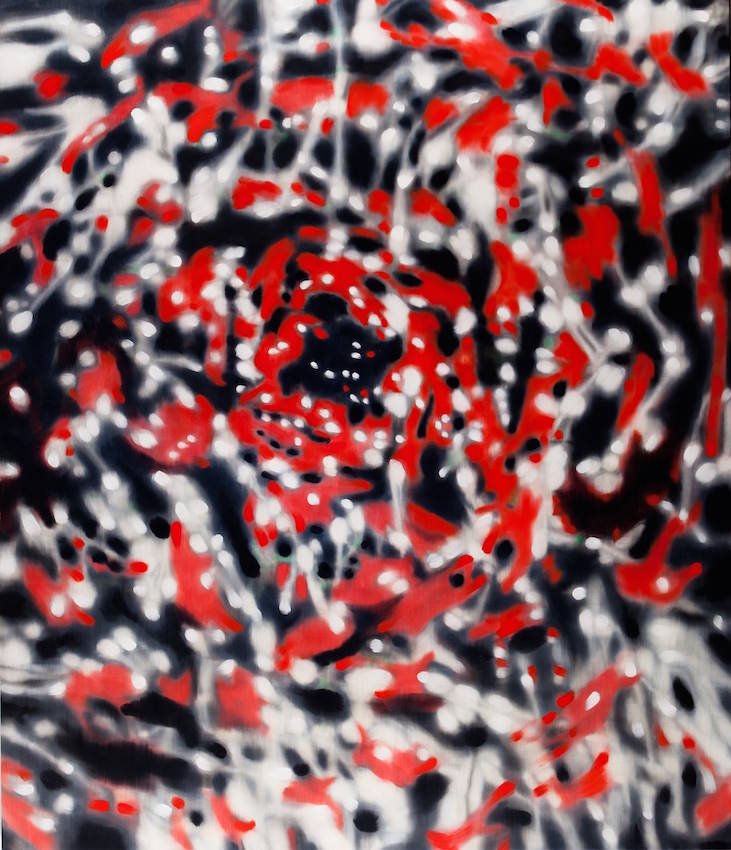
10”x6.5”
WW: Do you have a routine every day?
RB: I do. Gym, studio, home, dinner. [Laughs] I used to go to the Hamptons every year. I live out there six months a year. I always have a studio out there. I sold my studio last summer. I sold my house. I’d been there for 25 years. It just got too saturated with McMansions, what can I say? I got a little tired of the neighborhood. I always loved my house and studio, but I wanted something a little more quiet. So now I bought a property. You know the Springs? You know where the Jackson Pollock house is? It’s right there. It’s much quieter. It feels like it’s away from the Hamptons.
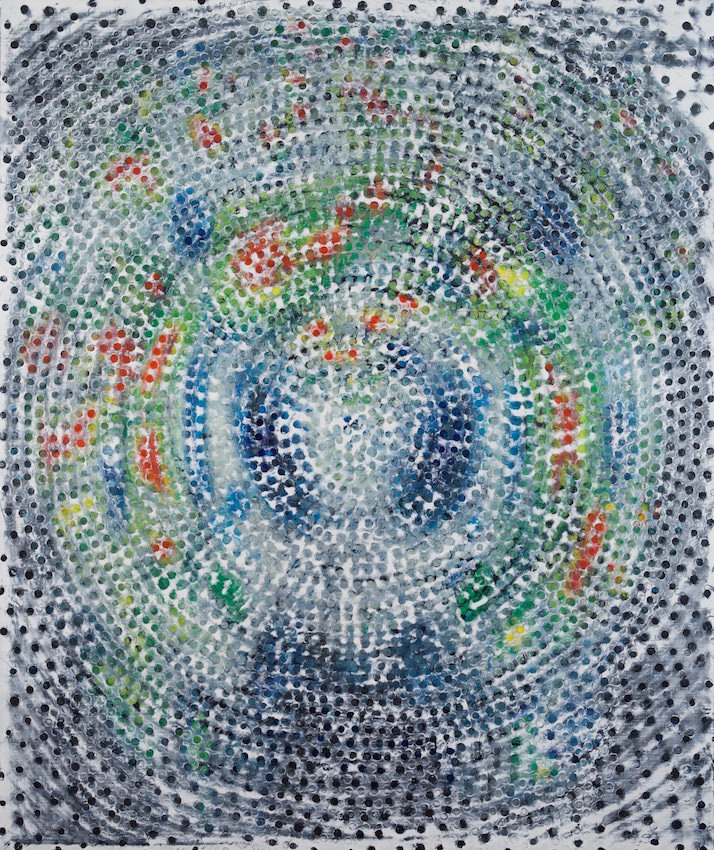
Ross Bleckner
There was an artist who owned it a long time ago, a de Kooning–generation artist, which is nice. It gives it a little patina, a history that I like.
WW: Which you had with your old house that had belonged to Truman Capote!
RB: I did! But I have to build it out; it’s kind of a dump. Which I had done, too [with the previous home].
WW: So do you think you’ll go out at all this summer?
RB: This summer it’s more in construction, so I don’t need to be out there. I own another house out there that I go to, just a little house that I bought, which is right near the property that I bought. But I don’t really like to go out there if I don’t have a studio. I like to work. The weekend thing never interested me. I don’t get it. I don’t get rushing out, stressing over getting there, and then rushing back and stressing about when you’re coming back. Which is what a lot of people do. I’d rather be here on the weekends. New York is really livable in the summer. It’s like the un–New York.
WW: You’ve long been involved in ACRIA [AIDS Community Research Initiative of America] and were named the UN Goodwill Ambassador in 2009. Have art-making and social practice always been connected for you?
RB: Yeah. It’s just about making paintings, ultimately, but I like to place it in the world somewhere. The reality of it is that it is real, which is what I like about the physicality of paint and painting: the reality of paint, the expression of paint, the chemistry of paint. It’s all abstract on one level, but it’s a concrete thing that has a context in a world that is conversant with issues. The issue for me, obviously, in the early eighties was epidemiology. That’s a formal way to put it, but the intensity of what was going on was so disjunctive in terms of a whole generation of people. The industrial optimism of my parents got replaced by the idea of youthful mortality: you might not be around tomorrow. That was something people never thought of. I still think that has affected people even up until now. Kids are growing up and the world is such a different place. If it wasn’t the AIDS epidemic, it was 2001. The parents of the World War II generation always had an idea of progress, always moving forward. And then 2008 ruined that for millennials. I know so many people who just can’t buy into the idea that they are working for an oligarchy. They don’t want to go into finance and just move vehicles around from computer to computer.
WW: As a teacher at NYU, do you see that mindset among art students? Do they see the importance of social practice in their work?
RB: They are smart. This is what they talk about. They are so in tune. The whole function of art, I feel, is so different for them. They are so not interested in what the art world is interested in that it is actually surprising to me. The idea of social practice, I think, now is so important for young artists.
For a painter like me it’s a little trickier, because I exist in this system and this structure and I understand that I do, but I hate it. I’ve always felt like that, the anarchist in me. But I’m also a painter and I keep wanting to make paintings. That’s why the idea of social practice had to be broader for me. I always said that social practice can be a lot of things. Political art can be a lot of things. My studio is a place where I actually contemplate and make images, and I see where they lead me in the world. But then I have to be in the world, and that’s what led me to do a lot of philanthropic work because I felt there was a disconnect between being a painter in a studio practice, which I love, but it has to have a kind of an energy beyond the studio wall. And of course me being gay, and AIDS, it all kind of fit together. My work is very commemorative anyway. It always had to do with mortality, even before that. When I was a kid, I was always fascinated with those ideas of how you construct meaning in so short a time.
WW: These “Black Monets” seem really commemorative. Can you tell us about this series?
RB: I’ve been working on these paintings for the Aspen show, these “Black Monets,” and in a way I feel like I keep going back to history. I’ve always gone back to history, not even really as an appropriation source, but as a way to find myself and locate how to make contemporary issues that I’m thinking about work with the artists that I love a lot, to kind of update the lexicon, really. I kind of thought that there is a moodiness and an emotional tone today, and if Monet were working today maybe the paintings would be darker. It’s almost like the global warming version of a Monet. I don’t think that consciously these are what these painting are about, but . . .
WW: And next summer, I heard you’ll be doing a show at the Parrish Art Museum with Eric Fischl and David Salle. You’re all old friends, right?
RB: Yeah, we all went to the same school, we all are still friends, we all coincidentally moved to New York around the same time because we were all the same age. We graduated school around the same time, all came to New York, remained friends, and we all moved to the Hamptons, too, around the same time. It just happened. [The Parrish] wanted to focus on that time. That’s like the late seventies to middle eighties. So, you know, we did very different kind of work then. It’s when I first started doing these stripe paintings.
This article is in Whitewall‘s special Hamptons Issue out now.





